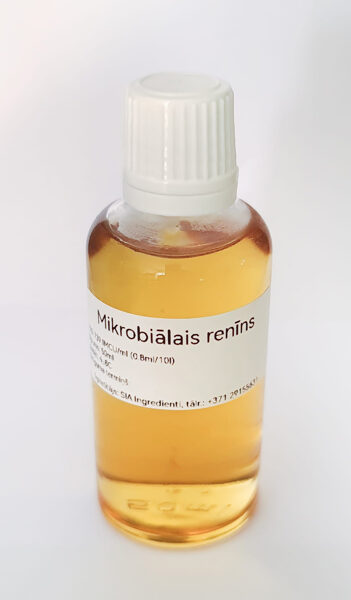
Required:
- 13 liters of milk
- Micromilk LHR/A cheese culture: 1.55g
- Calcium chloride (CaCl2): 2.5ml
- Rennet: 0.85ml (strength 710 - 739 IMCU/ml)
- Annatto (E160b): 8 drops
- Salt solution 20-25% (for salting)***
- Salt solution 5% + a little Micromilk Brevibacterium Linens (for cheese washing with a moist cloth during aging)
Recipe
Preparing
|
Processing
|
Pressing and salting
|

** The time of milk coagulation (thickening) depends on the quantity of calcium chloride and rennet. It can be adjusted for best coagulation time, which should ideally be 12 minutes. For instance, if the first time your milk has thickened after 20 minutes, then increase the next dose of enzyme.
*** The salt solution can be prepared as follows: 1 liter of whey, 180 grams of salt (do not use iodized salt), 5–10 drops of calcium chloride, and 1 teaspoon vinegar It is recommended to purchase a hydrometer to determine the salt concentration in the solution, because after each salting, it returns the salt to the cheese.




